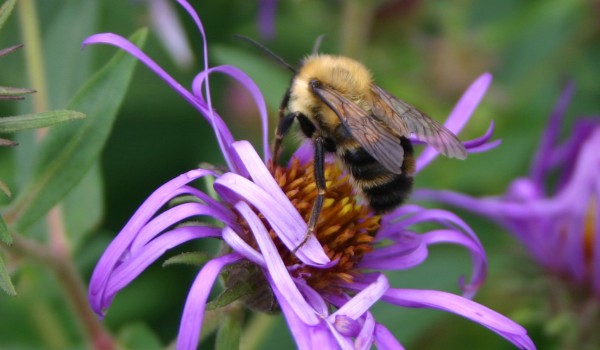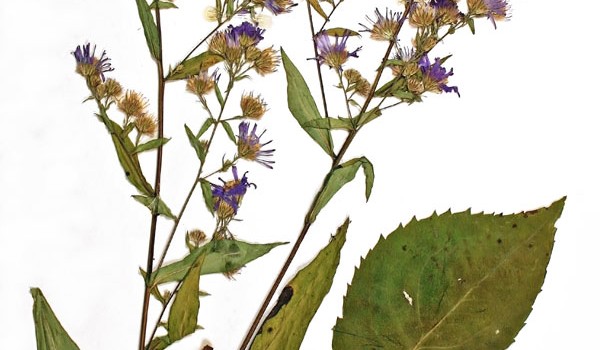Aster (Asteraceae)
Lindley's Aster
Symphyotrichum ciliolatum (Lindl.) A. & D. LöveThis attractive prairie perennial is widespread across Canada and can be a common species. Its purplish daisy-like flowers attract pollinators such as butterflies, flies, and bees in late summer. The larvae of some butterflies feed on the foliage, while seeds are sometimes eaten by birds. Plants have also been used by Indigenous people for medicinal purposes. Their drought tolerance makes them a good addition to xeriscaped yards.
Flower Colour:
- Purple
Flowering Season:
- Summer
- Fall
Flowering Months:
- August
- July
- October
- September
Canadian Rarity Status:
Not rare. Listed as “sensitive” in Yukon and Nova Scotia, and “at risk” in Newfoundland/Labrador.
Physical Appearance:
The green or reddish, hairy stems grow 20-100 cm tall. Heart-shaped leaves have pointed tips, winged stalks, hairy undersides, and toothed edges. Lower leaves often senesce before flowering. Flower heads (usually less than 50) occur in an open branching cluster. Each head has 12-25 purple to pale blue ray florets surrounding 12-25 yellow disc florets, and is backed by rows of narrow bracts. Fruits are flat, brown, single-seeded achenes topped by a tuft of bristles.
Similar Species:
Smooth Aster, Western Silvery Aster
Gardening Notes:
Seeds and/or plants may be available from greenhouses and seed supply companies specializing in native plants.
Canadian Distribution:
- Alberta
- British Columbia
- Manitoba
- New Brunswick
- Newfoundland/Labrador
- Northwest Territories
- Nova Scotia
- Ontario
- Quebec
- Saskatchewan
- Yukon
Prairie Types:
- Fescue Prairie
- Mixed Grass Prairie
- Tall Grass Prairie
Habitats:
- Forest Edges
- Open Woodlands
- Prairies
- River Valleys
Moisture Conditions:
- Dry
- Moderate
Light Preference:
- Full Sun
Soil Preference:
- Organic
- Sand
Associated Pollinators:
-
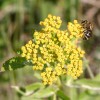 Andrenid Bees, Miner/Digger Bees (Andrenidae)
Andrenid Bees, Miner/Digger Bees (Andrenidae)
-
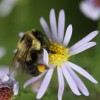 Bumble, Honey, and other Bees (Apidae (Subfamily Apinae))
Bumble, Honey, and other Bees (Apidae (Subfamily Apinae))
-
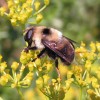 Flower Flies (Syrphidae)
Flower Flies (Syrphidae)
-
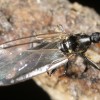 Minute Black Scavenger Flies (Scatopsidae)
Minute Black Scavenger Flies (Scatopsidae)
-
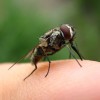 Muscid Flies (Muscidae)
Muscid Flies (Muscidae)
-
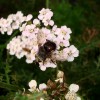 Parasitic Flies (Tachinidae)
Parasitic Flies (Tachinidae)
-
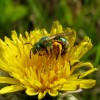 Sweat Bees, Halictid Bees and other Bees (Halictidae)
Sweat Bees, Halictid Bees and other Bees (Halictidae)
-
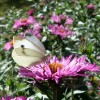 Whites, Sulfurs, Orangtips, Marbles (Pieridae)
Whites, Sulfurs, Orangtips, Marbles (Pieridae)






